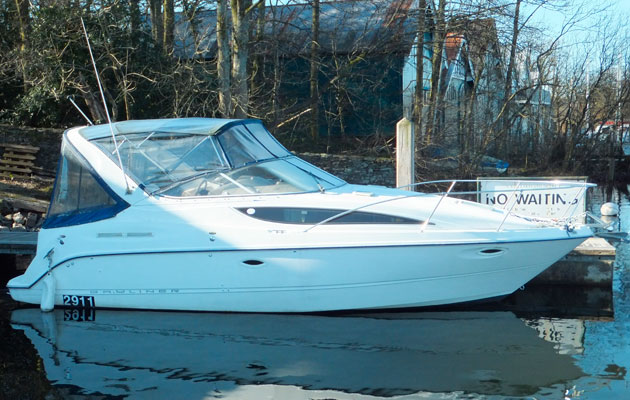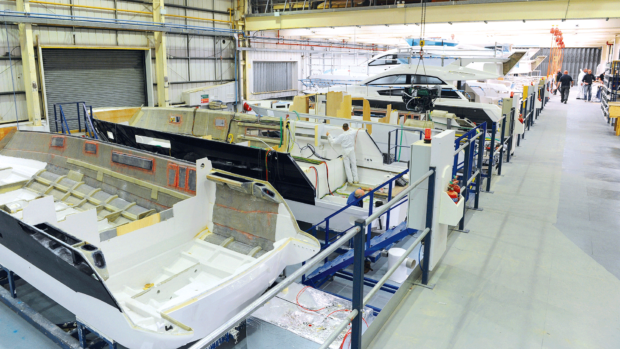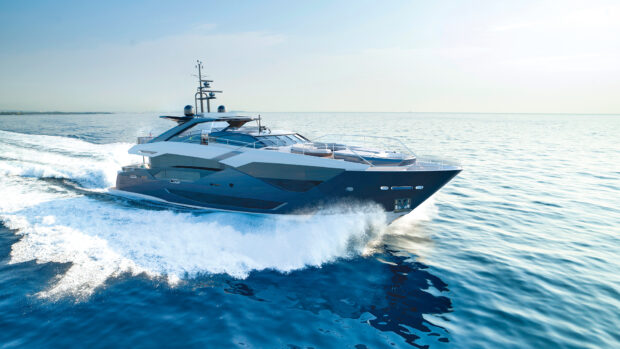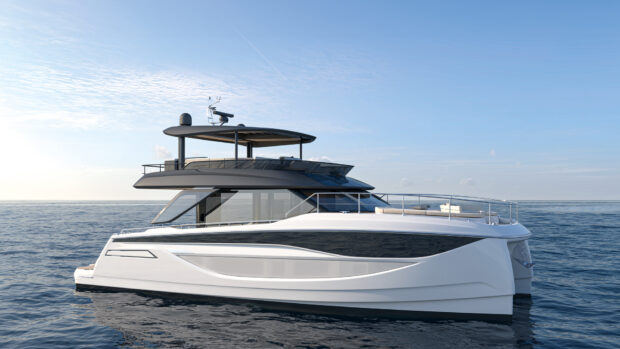The deaths of a couple and their dog on their boat on Norfolk Broads have triggered a carbon monoxide warning from the MAIB
The deaths of a couple and their dog on their boat on Norfolk Broads in June have triggered an urgent carbon monoxide warning from the Marine Accident Investigation Branch (MAIB).
The Doral 250 SE motor cruiser Love for Lydia was moored at a quiet river island location when engine fumes seeped into the forward cabin.
The motor cruiser’s 5.7 litre petrol-driven inboard engine had been left running at 3000rpm while it was moored alongside, probably to charge the batteries. A slight wind blowing from the stern caused exhaust gas from below the aft transom to enter the canopy covering the aft deck. From there, it spread down into the forward accommodation area.
The area was not ventilated and the couple and their dog were overcome. No carbon monoxide alarms were present.
The MAIB warning carries strong advice about the fitting of alarms – commonplace in homes and caravans – to be fitted on boats.
Carbon monoxide is a by-product of combustion appliances fuelled by oils, solid fuel or gas.
It has no smell, no taste, is colourless and is extremely difficult for humans to detect. Carbon monoxide alarms should be fitted in areas where carbon monoxide could accumulate and pose a risk to health (such as the accommodation areas of motor cruisers).
MAIB Chief Inspector Steve Clinch said: “This is the third double fatality due to carbon monoxide poisoning that we have investigated in around three years.
“There are many sources of carbon monoxide on boats including engines, generators, solid fuel burners and cookers. Canopies on deck can allow poisonous gases to build up, quickly reaching fatal levels. Ventilation is essential.
When selecting a carbon monoxide alarm, preference should be given to those marked as meeting safety standard EN 50291-2:2010, which are intended for use in a marine environment.
The use of canopies can potentially increase the risk of poisoning, even when a boat is making way. Although external engine exhaust outlets discharge exhaust fumes into the open, the wind, aerodynamic effects and the proximity of nearby structures frequently result in the fumes entering the boat.
MAIB warn that all spaces, including those under a canopy or an awning, are always well ventilated. Never ignore the smell of exhaust fumes in any enclosed space.
Carbon monoxide is a silent killer. Its symptoms can be similar to colds, flu or hangovers; headaches, dizziness, nausea, vomiting, tiredness, confusion, stomach pain and shortness of breath are warning signs of its presence.
If carbon monoxide poisoning is suspected, boaters should stop the source, get to the open air and seek medical attention.

Second family treated after suspected carbon monoxide poisoning on Windermere boat
A separate case of suspected carbon monoxide poisoning was reported on a boat on Lake Windermere over the weekend

Boat Safety Scheme issues warning on petrol generators
The Boat Safety Scheme has warned boatowners not to use petrol generators in enclosed spaces

Trial begins for Bayliner manslaughter defendant
The trial of Matthew Eteson got underway this week, with the Bayliner 285 owner accused of manslaughter by gross negligence









